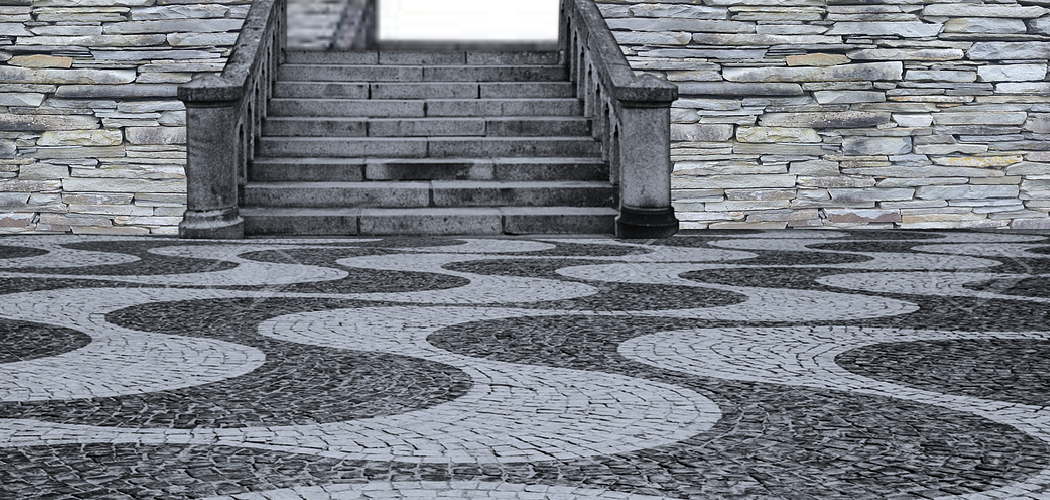Are you frustrated by the movement of patio pavers from day to day? Whether they’re shifting following seasonal freeze and thaw cycles, low temperatures, or simply high foot traffic, the unwanted displacement of the pavers on your property can be a real nuisance.
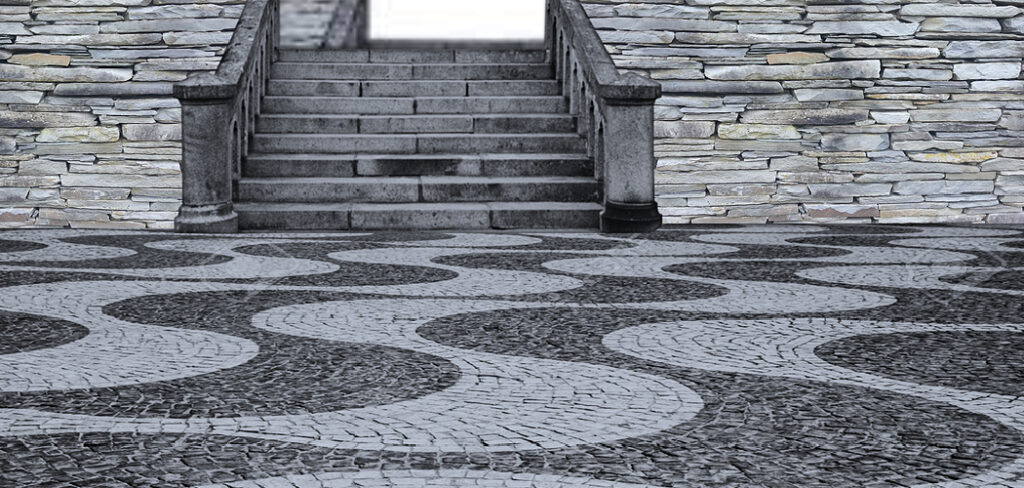
This tutorial outlines an easy method for how to keep patio pavers from moving so that you can enjoy your outdoor space without having to constantly keep up with maintenance and repairs. With just a few supplies and some effort on your part, you’ll be able to lock down these stones once and for all!
What Do You Use to Hold Pavers Together?
Pavers are held together with a variety of different materials. The most common is sand, which offers an inexpensive solution and is easy to install. However, if the pavers need to be held together more securely, then other materials, such as polymeric sand or jointing compounds, can be used.
Polymeric sand is a mix of sand and special additives that form a binding agent when wet. This creates an incredibly strong bond between the pavers, making them much less likely to move or shift over time. It is also very resistant to rain, weeds, insects, and other elements of nature, which could otherwise loosen the bond over time.
Jointing compounds are synthetic materials that are applied to the paver joints. They form a waterproof seal and help keep out weeds, insects, debris, and other elements that can cause the pavers to move or shift. These compounds come in various levels of strength, so be sure to choose one that is appropriate for your particular situation.
For extra protection against shifting, and should also be used. This should be spread in the joints between pavers and then tamped down. Doing this will help fill any voids and provide additional support for the pavers to rest on.
If the pavers are being installed in an area with high traffic or an area subject to frequent heavy rains, it is recommended that you use a combination of polymeric sand and jointing compounds to ensure maximum stability. This will help keep pavers from shifting even in extreme conditions.
With the right materials and proper installation, it is possible to keep patio pavers from moving or shifting over time.
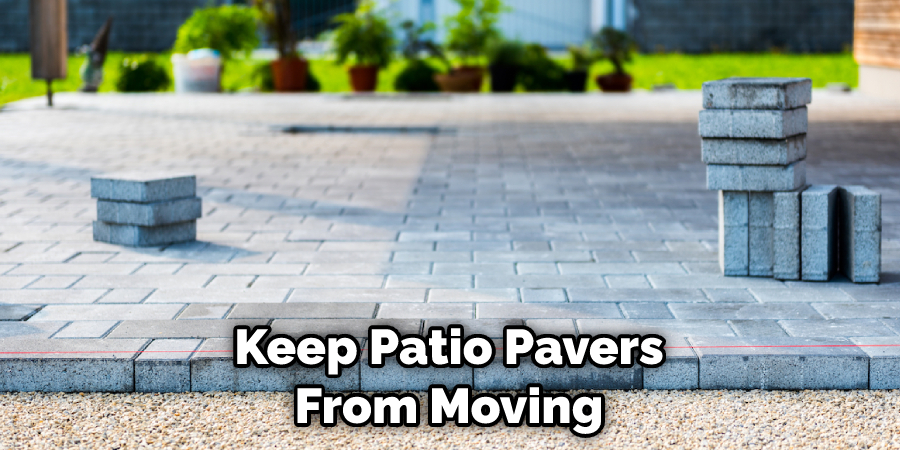
These materials can be found at most home improvement stores and should not be too difficult or expensive to obtain. With a bit of effort and the right supplies, it is possible to keep patio pavers from moving or shifting for many years.
10 Methods How to Keep Patio Pavers from Moving
1. Use a Paver Base
One of the best ways to keep your patio pavers from moving is to use a paver base. A paver base is a layer of material that is placed underneath the pavers. The most common type of paver base is gravel, but you can also use sand, concrete, or asphalt. The paver base helps to create a stable and level surface for the pavers to lay on. If the paver base is not installed correctly, it can cause the pavers to move or shift.
2. Use Interlocking Pavers
Another way to keep your patio pavers from moving is to use interlocking pavers. Interlocking pavers have a lip or groove on the sides that fit together like puzzle pieces. This helps to keep the pavers from moving and shifting. You can also use a landscape adhesive along the edges between each paver to ensure it remains in place.
The adhesive helps to create a stronger bond that is more resistant to movement. You can also use specialized jointing sand to fill in the gaps between each paver for a secure hold.
The sand helps to fill in any small gaps left from the installation and prevents weeds from growing between pavers. Interlocking pavers are ideal for patios and pathways because they come in different shapes, sizes, and colors to match your outdoor space. They are also easy to install and maintain.
With proper installation and maintenance, interlocking pavers can help keep your patio pavers from moving for years to come.
3. Use Mortar
Mortar is a type of cement that is used to bind bricks and stones together. You can use mortar to adhere the pavers to the ground and prevent them from moving. Make sure to use a wet-set mortar that is made for outdoor applications.
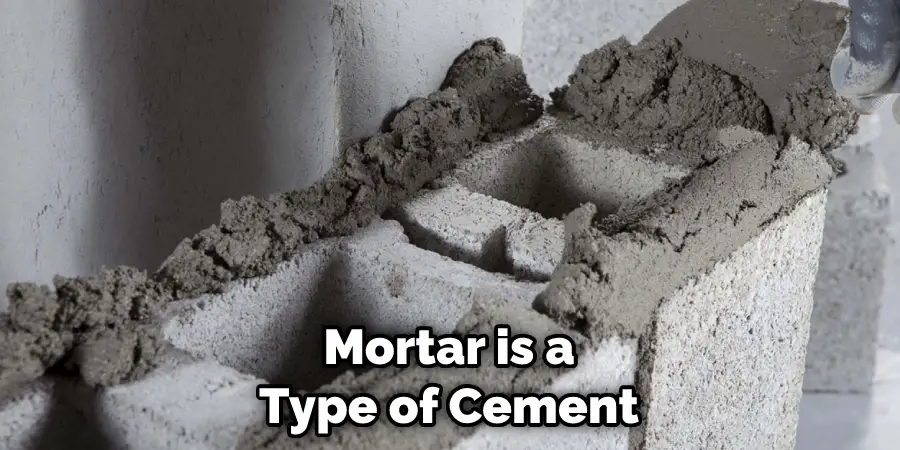
When using mortar, make sure the ground is dry and free of debris. Scoop the mortar onto the ground and spread it evenly across the area where you will be laying your pavers. Use a trowel to smooth it out and create a flat surface.
4. Use Polymeric Sand
Polymeric sand is a type of sand that contains binders that help to keep the sand in place. When you use polymeric sand between the joints of your patio pavers, it will help to keep them from moving.
5. Use Landscape Fabric
Landscape fabric is a type of fabric that is placed underneath mulch or stone to prevent weeds from growing. You can also use landscape fabric underneath your patio pavers to help keep them in place and prevent them from moving. This type of fabric is made to be durable, so it can handle heavy foot traffic and weather exposure without breaking down.
When laying landscape fabric, make sure that you overlap the edges and secure it in place with stakes or stones. This will help keep it from shifting or bunching up underneath the pavers. You can also use adhesive tape to further secure the fabric in place.
Finally, always use a good quality landscape fabric that is specifically designed for outdoor use to ensure its longevity and performance.
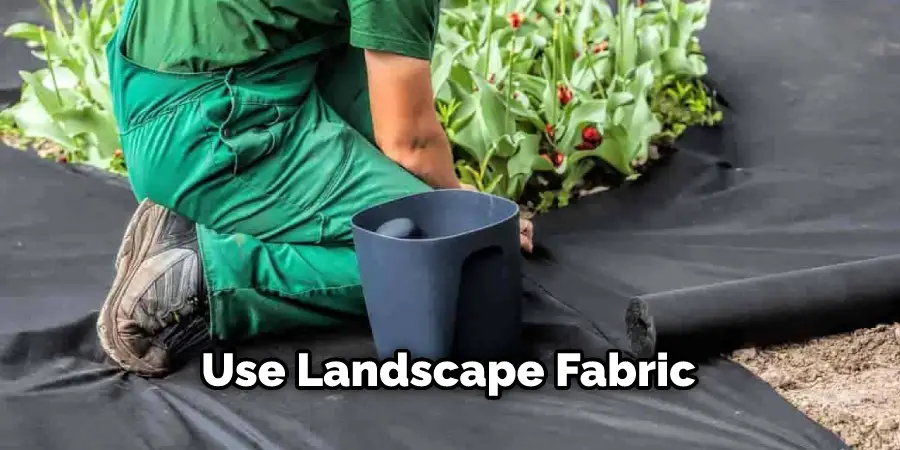
6. Install Edging Around the Pavers
Another way to keep your patio pavers from moving is to install edging around the perimeter of the area. Edging will help to contain the pavers and keep them from spreading out or shifting. You can use plastic edging, metal edging, or brick edging. If you are using brick edging, make sure to use mortar to secure it in place.
After the edging is installed, you can fill in the area with sand or gravel to further secure the pavers and keep them from shifting.
7. Use Grass Clips
If you have grass growing around your patio pavers, you can use grass clips to help hold the pavers in place. Grass clips are small plastic or metal clips that attach the grass to the edge of the paver. This will help keep the grass from growing under the pavers and pushing them up or out of place. Be sure to use a sufficient number of clips, so the grass is held firmly in place.
If you have access to them, you can also use specially designed pavers that have clips built into them. This will make the installation process much easier and more secure.
8. Fill in Joints with Sand
One way to help keep your patio pavers from moving is to fill in the joints with sand. This will help to weigh down the pavers and keep them in place. Be sure to use clean, dry sand so that it doesn’t wash away when it rains. Once the sand is in place, use a broom to sweep it into the joints. You may need to add more sand every few months to keep your patio secure.
If you have large gaps in the joints, it’s best to use polymeric sand, which contains polymer and resists erosion and weeds. It’s also important to keep your patio clear of debris, such as leaves and twigs, which can get caught in the joints and cause the pavers to move.
9. Water Your Pavers Regularly
Another way to help keep your patio pavers from moving is by watering them regularly. This will help to compact the soil underneath the pavers and prevent them from shifting or settling. Be sure not to overwater, as this can cause problems with mold and mildew growth.
You can also consider adding a weed-prevention treatment to the area to reduce further shifting of the pavers.
10. Use Paver Locking Adhesive
If all else fails, you can use a paver-locking adhesive to keep your patio pavers from moving. This is a special type of adhesive that is designed specifically for pavers and will help to lock them in place. Be sure to read the manufacturer’s instructions before using any paver-locking adhesive.
By following these tips, you can help keep your patio pavers from moving or shifting for many years to come. Be sure to use the right materials and follow best practices when installing your patio pavers to ensure maximum stability. With a bit of effort and patience, you’ll have beautiful, stable pavers that will last for years.
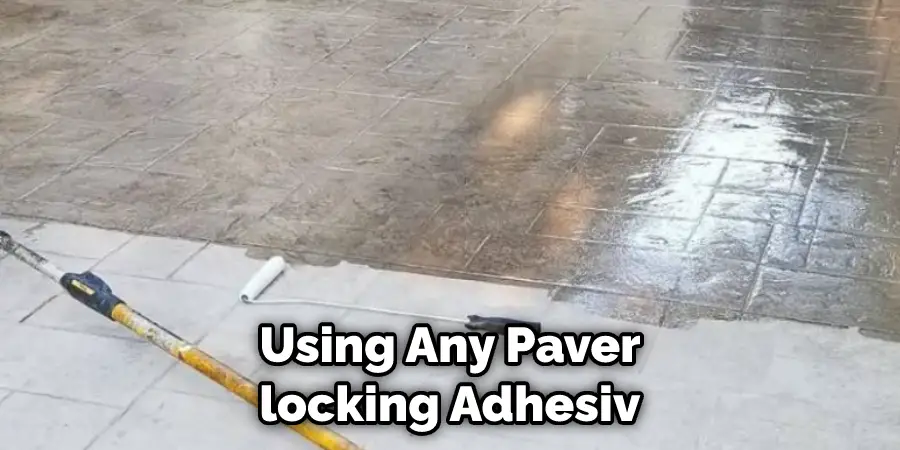
Conclusion
By following the tips above on how to keep patio pavers from moving, you can keep your patio pavers from moving and enjoy your outdoor space for years to come. With a little bit of effort, you can keep your patio pavers from moving and keep your outdoor space looking great.
Regular maintenance is the key to preventing movement, so be sure to check your pavers regularly and caulk as necessary.
You Can Check It Out to Lubricate Patio Swivel Chair

